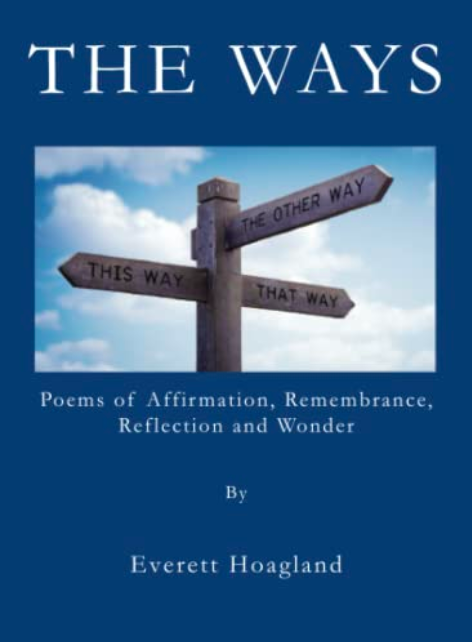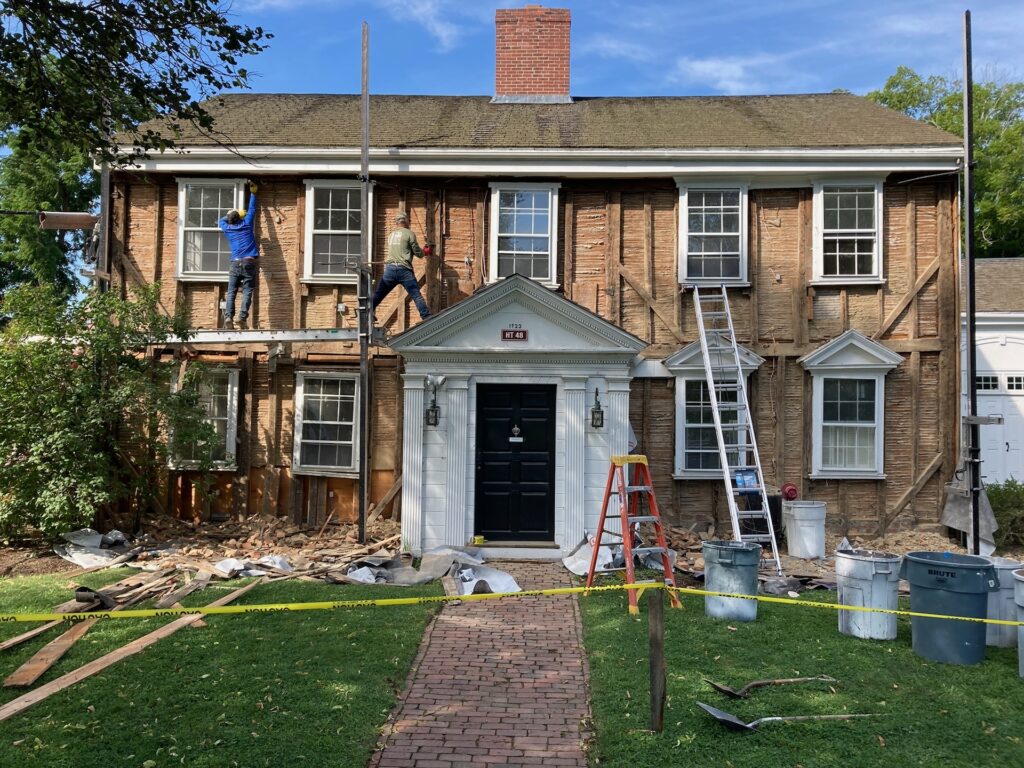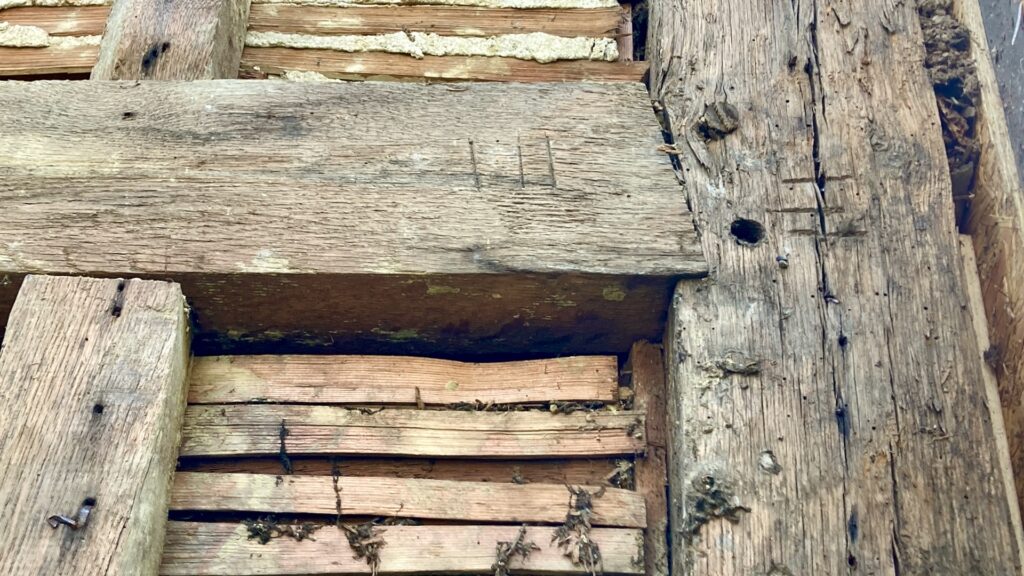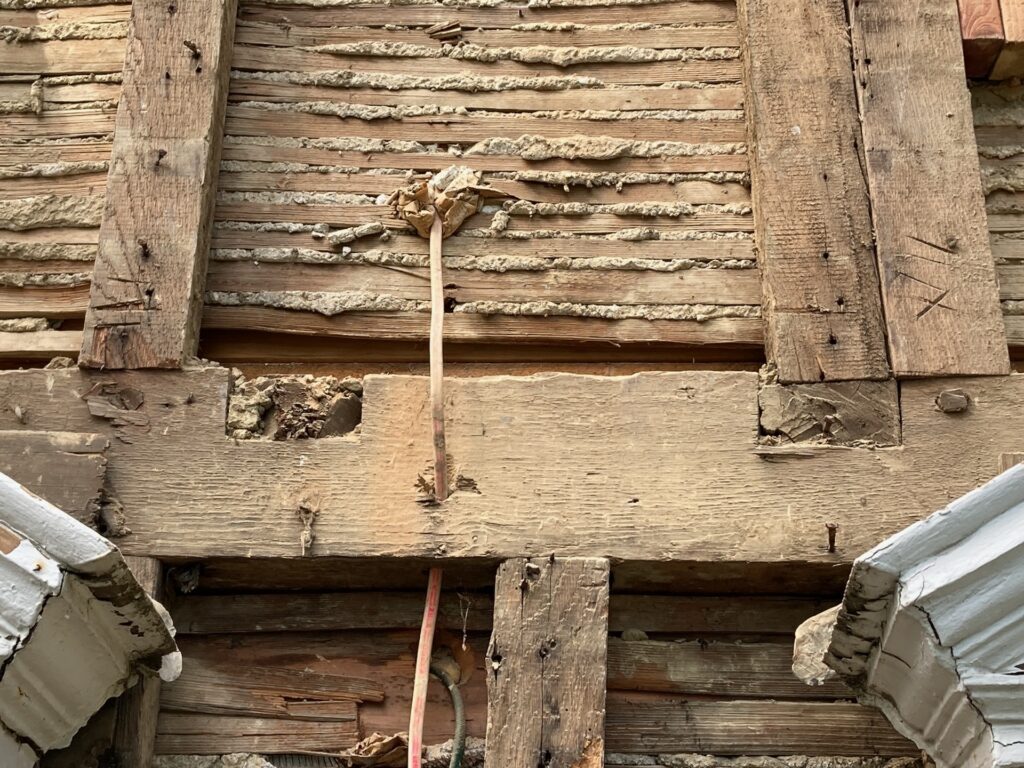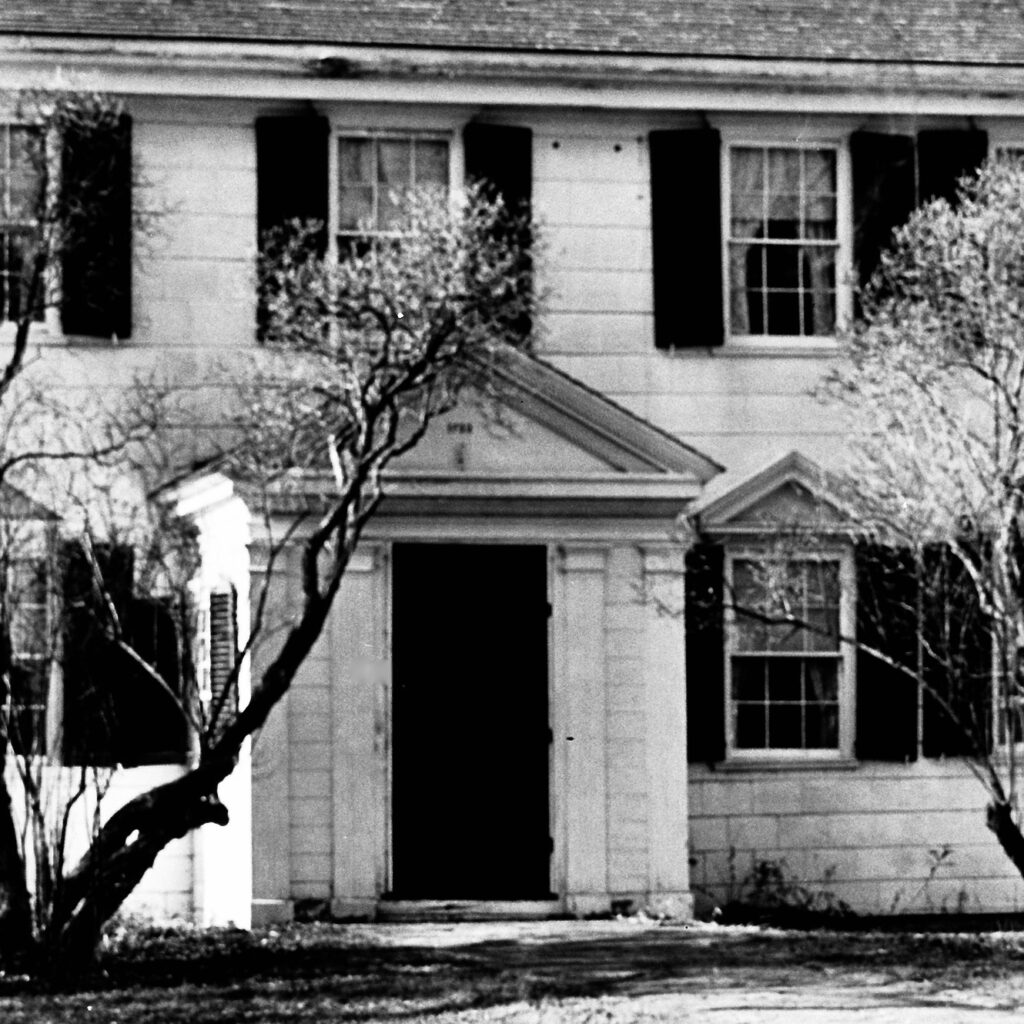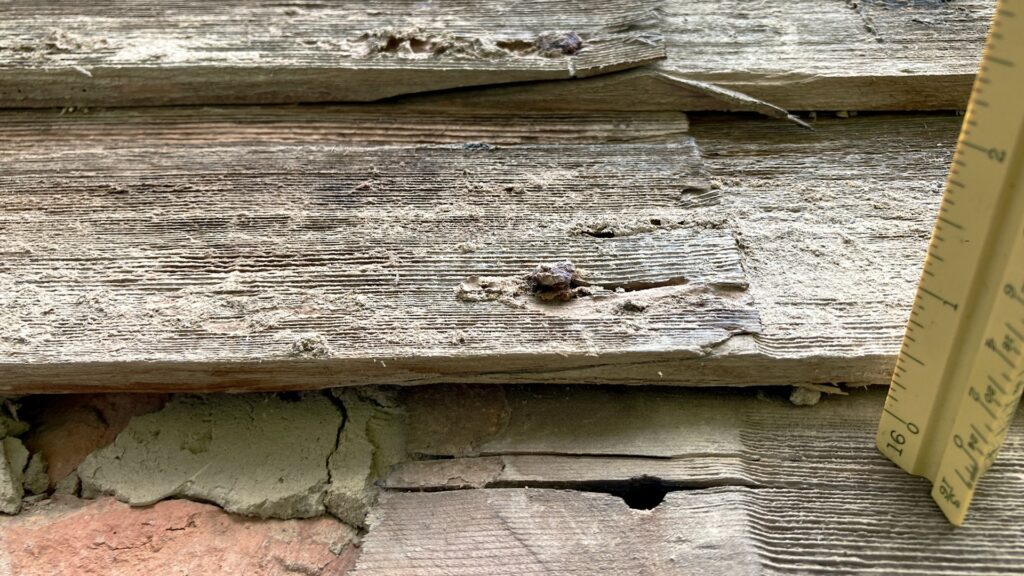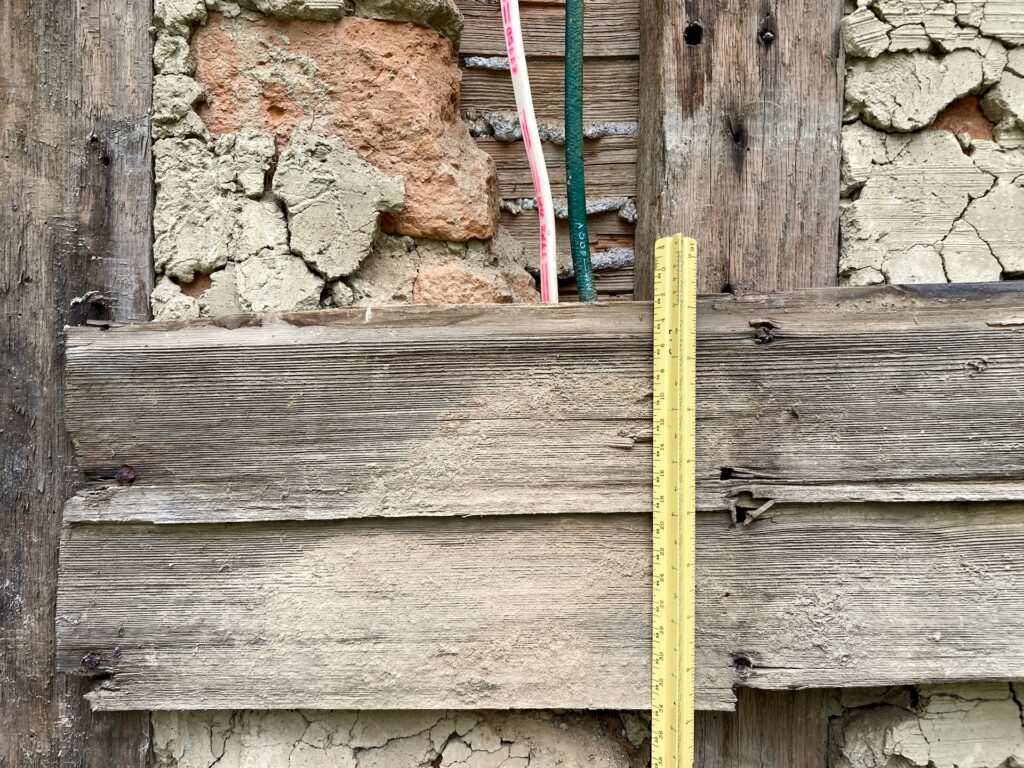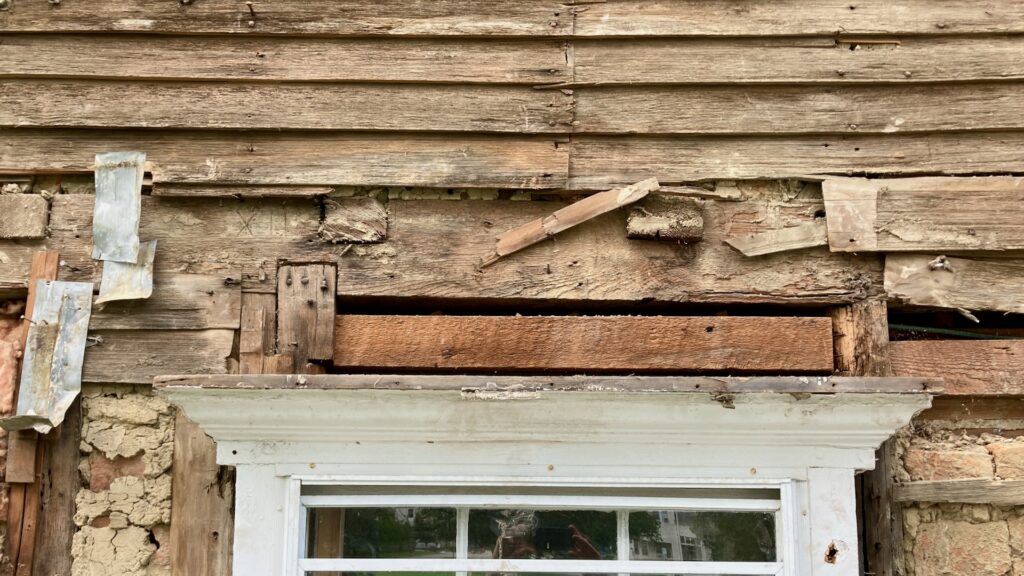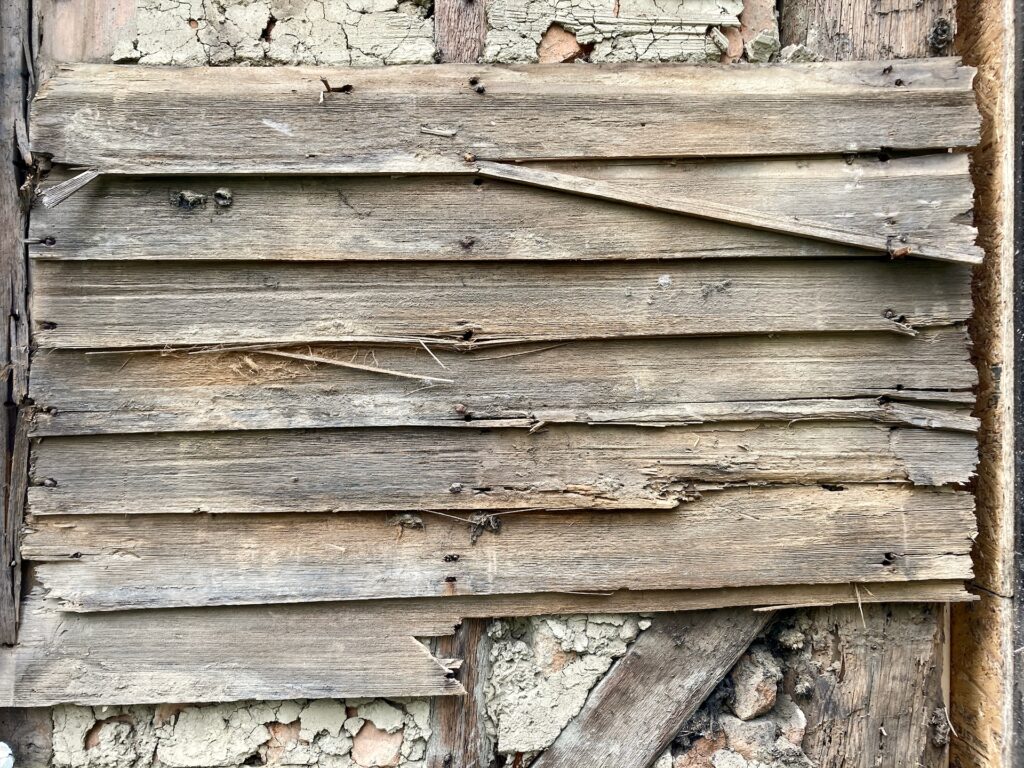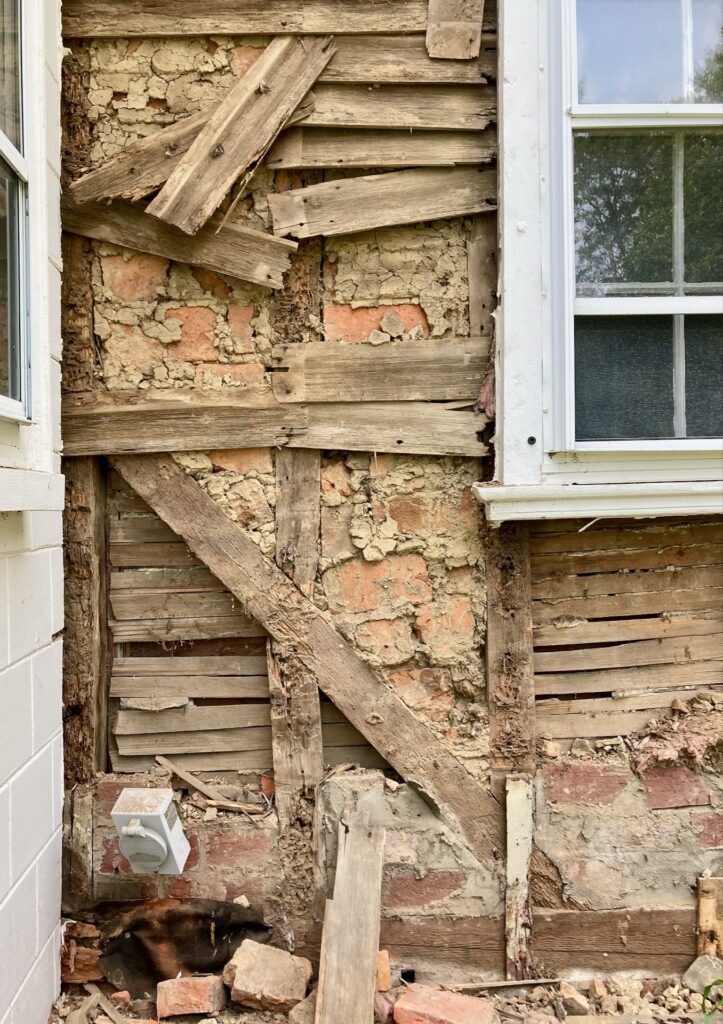Last night I was trying to explain to Carol about the lingering effects of COVID burnout on the helping professions. She pointed out that many trends that were supposedly caused by COVID were simply existing trends that accelerated during lockdown. But I’m pretty sure that it actually was COVID that contributed to increased burnout in the helping professions.
The healthcare professions are an obvious example. During the first year of the COVID pandemic, doctors, nurses, and others who worked directly with COVID patients saw an increased workload, and an increased risk of infection. There were also healthcare professionals who had a very different experience of COVID — I knew a dermatologist who saw a substantial decrease in their workload during lockdown, although that decrease brought separate concerns of declining income, etc. On the whole, though, a significant number of health professionals left their profession, and reports are that there’s still a labor shortage in much of the healthcare system.
Mental health professionals saw their workload peak a bit later in the pandemic, as many people began to have mental health problems isolation caused by lockdown. We’re still seeing a high rate of depression, anxiety disorder, and other mental health problems, and mental health professionals may still be feeling overwhelmed by the lingering aftereffects of the pandemic. The end result is that someone seeking mental health care can wait weeks for an appointment.
I know less about other helping professions, but I suspect that other professions also saw increased burnout. For example, it seems likely that many social workers — depending on their specialty — also experienced burnout during COVID due to increased workload and increased job pressures.
This brings us to clergy. From what I’m seeing and hearing, clergy are also subject to COVID burnout, just like the other helping professions. In 2021, 42% of clergy reported considering leaving ministry. I suspect there were several reasons for this. Sociologist Scott Thuma has outlined some of the stresses on clergy during the pandemic: increased conflict in the congregation, increased demand for food and other assistance, increased mental health problems, and learning new ways to do ministry. I’ve watched as more Unitarian Universalist (UU) ministers than usual have left the profession over the past couple of years. I wouldn’t be surprised to learn other UU ministers are just quiet quitting.
Beyond all this, all people in the helping professions can experience the trauma or secondary trauma that everyone in society is experiencing. The epidemic of mental illness that began during lockdown continues today — we’re all feeling the effects.
I know I’m still feeling the effects. I had to put in some extra hours this week. This is normal for ministers; some weeks we have to work long hours, other weeks there’s less for us to do. Pre-COVID, I had no problem working a few extra hours. But this week, those extra hours really tired me out; I don’t have the reserves of energy I used to have pre-COVID.
I don’t have a call to action for you. Nor do I have an easy solution for clergy burnout. Nor do I mean to imply that clergy somehow have it worse than anyone else in society. I think my only point is that we all need to be understanding of each other’s ongoing stress, as the effects of the pandemic continue.

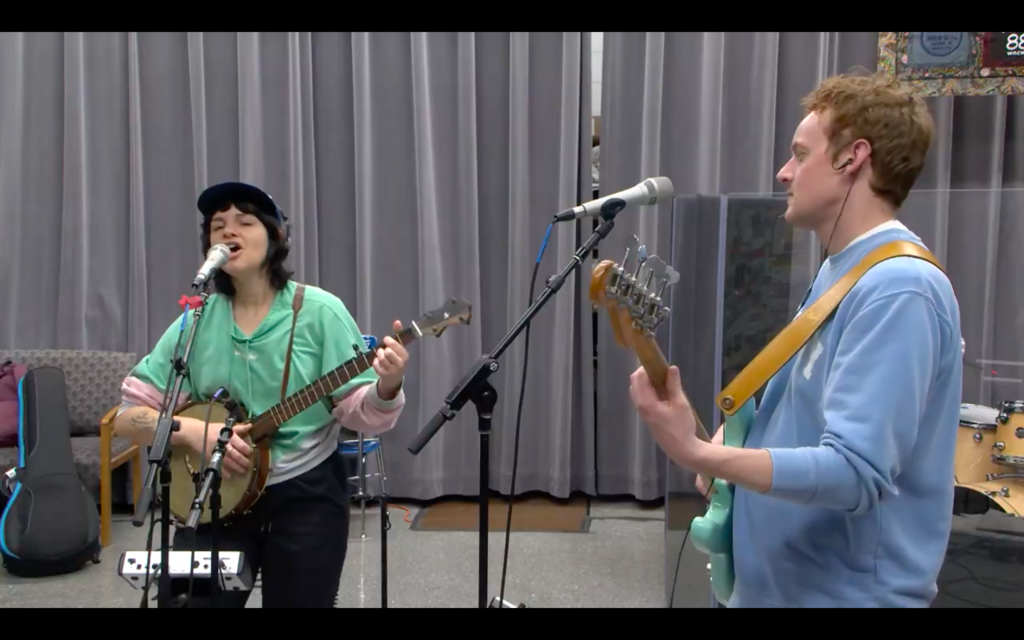
![Caricature of Donal Trump's mugshot, in which he is smiling. The text behind him reads: "That stupid Fani thinks she's so smart. This is the best [crossed out word] publicity I could get. My [crossed out word] stupid followers will eat this up. I [crossed out word] love free publicity."](https://www.danielharper.org/yauu/wp-content/uploads/2023/08/Mugshot-1024x952.jpeg)
